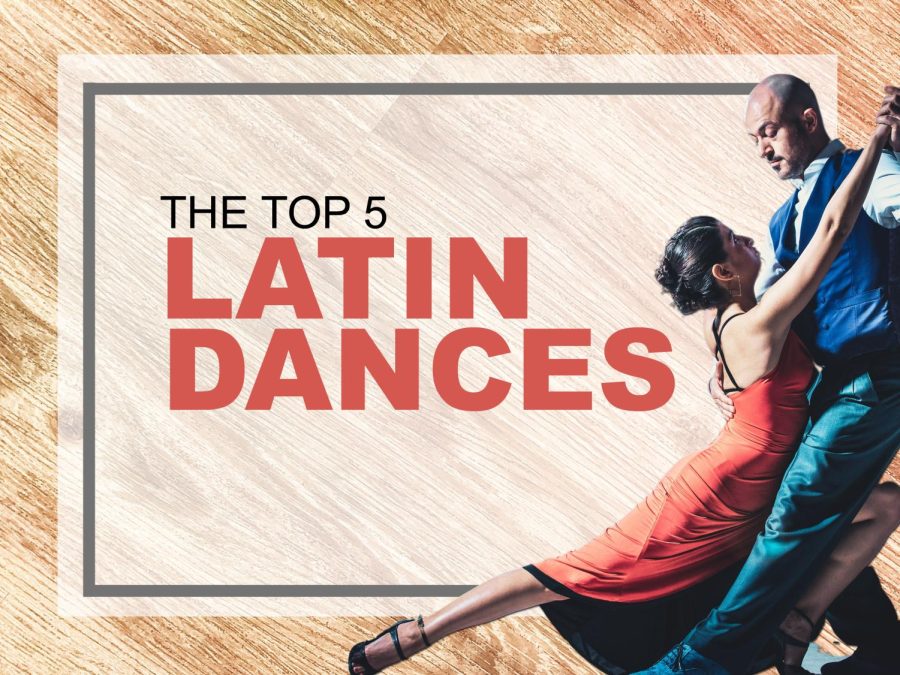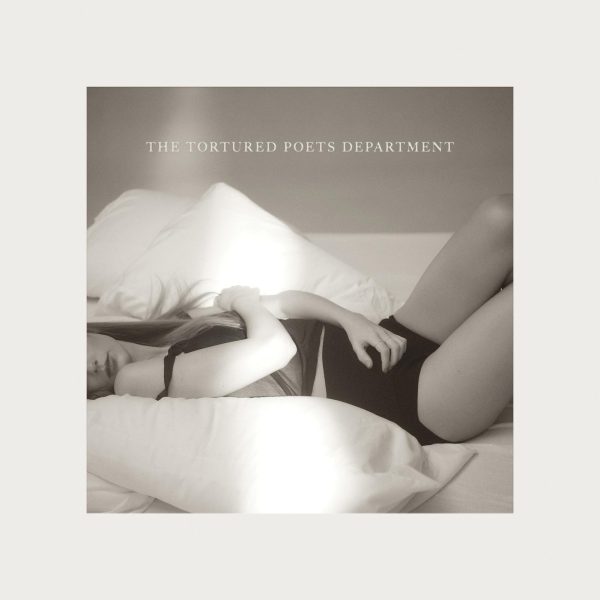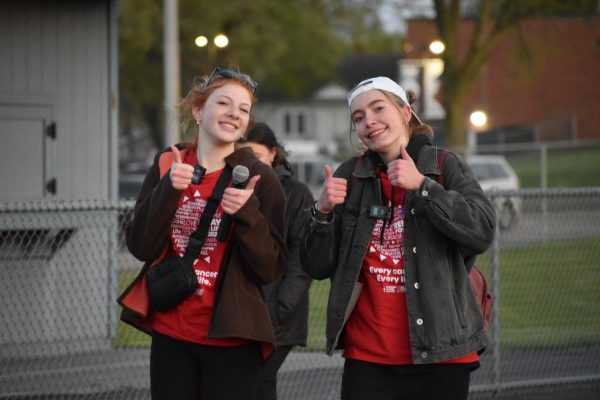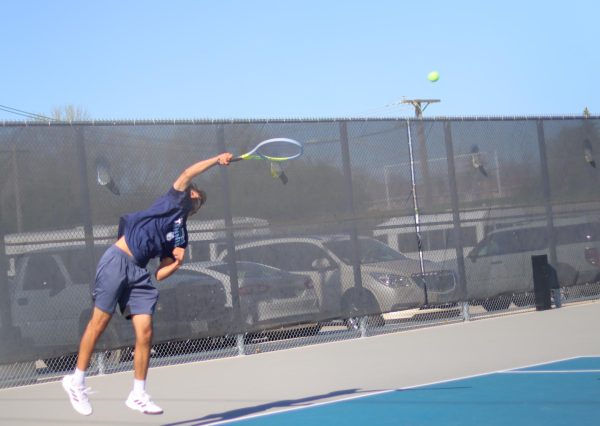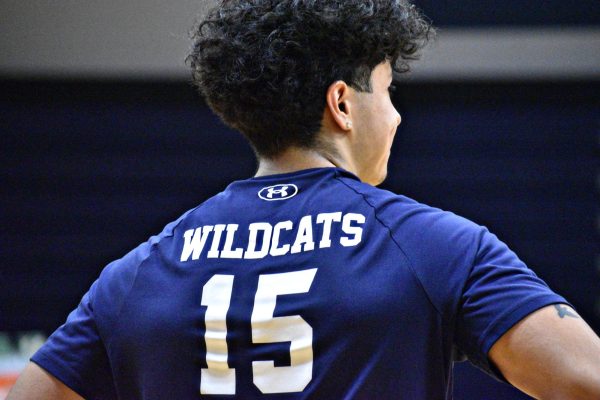Top 5 Latin dances
Photo by Pexels
Reporter Brittany Saenz shares the history of the top 5 Latin dance styles.
May 15, 2022
Latin dances have been around us for many years, offering a way for people to express themselves while having a good time. Latin dance includes all kinds of styles, from those seen at professional events to those performed at family parties. Over the years, these dances have evolved and improved in terms of technique, and it is tough for everyone to be able to enjoy doing them. But, if you are willing to give one a try, these are just the top 5 Latin dances!
#5
Salsa dance originated in Eastern Cuba in the 1920s, while the music was already popular: since the 1910s. Salsa’s decade, however, was the 1970s, when it was very popular for Cuban, Puerto Rican and New York musicians. The dance was influenced by other Latin dances, including the Argentine tango, swing, Latin Hustle, and Latin ballroom dance, along with contemporary dances such as hip-hop and jazz. No one, however, actually knows why the dance was called “salsa”, but it is a fun and quick style that is relatively easy to pick-up.
#4
If you are looking for a fast-paced dance full of turns and foot-tapping beats, merengue, developed in the Caribbean during the 1800s, is the one to check out next. Strongly influenced by the Venezuelan and Afro-Cuban musical practices and dances all through Latin America, merengue was originally performed as a group. Nowadays, individual couples form a circle in which men and women dance arm length distance apart. It is full of quick feet and rapid movements of the shoulders, as opposed to focusing on the movement of the hips.
#3
Bachata music was “developed with heavy guitar emphasis and heartreding love stories”; it originated in the 1960s throughout the countryside of the Dominican Republic and other parts of the Caribbean. Bachata’s “roots are in some African rhythms, Cuban son and bolero.” Although this musical style was mostly rejected by high level society historically, it is now gaining popularity with people who appreciate the smooth movements and rhythm. It is a great beginner style that adds speed gradually, allowing dancers to work their up in tempo.
#2
If you have never watched a couple dance cumbia, which traces back to the 1800s with roots in the Colombian’s African culture, you have not seen how fun and energizing Latin dance can be. When it began in the 19th century as a way of courtship, created by enslaved Africans, no one had any idea how much the style would evolve. Cumbia is often danced in a circular pattern: the movements are often repeated, so it is an easy style to pick-up.
#1
Topping the list at #1, huapango is a Mexican folk dance (and music) that originated in the northeastern part of México somewhere in the 19th century. Influenced by Spanish and indigenous cultures, huapango is a fast and “complicated” couple dance usually performed on some type of wood floor so that the audience can hear and appreciate the tapping of the dancers’ heels. Huapango is based on three steps, and like bachata, this is a dance that can increase in speed gradually. While some people liken the style to tap dance, it is much more focused on technique than show.



